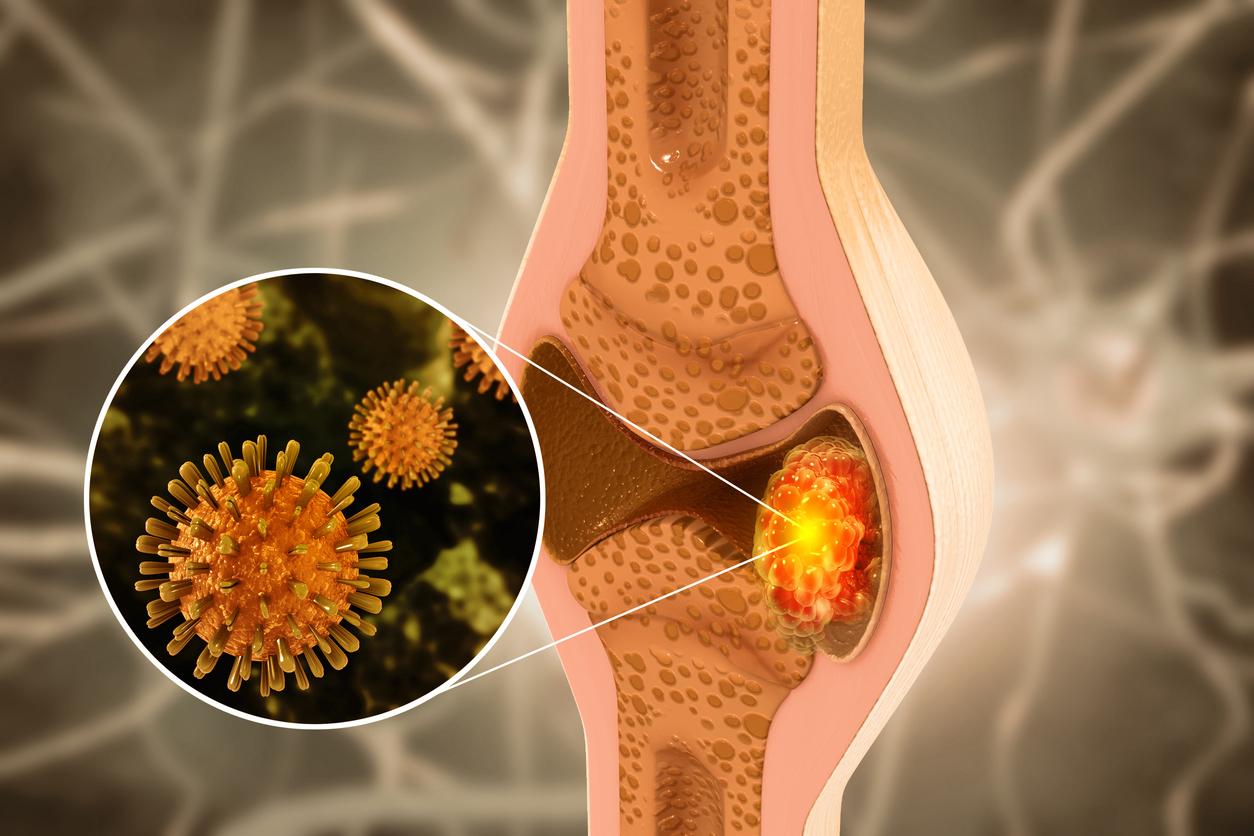Lung cancer can be manifested by symptoms that are not very characteristic of the disease, such as this sign present in the hands.

- A lung tumor is not necessarily painful because the lung has no nerve endings.
- Clubbing is characterized by swelling of the end of the fingertips. This abnormality may be present in patients with lung cancer.
- The Schamroth test makes it easy to identify finger clubbing.
Clinical signs associated with lung cancer generally appear late, particularly pain. As this organ has no nerve endings, a lung tumor is therefore not necessarily painful. The pain usually occurs when the tumor reaches certain nearby tissues such as the pleura or when it spreads to other organs.
The test of Schamroth to identify digital clubbing
A sign that appears on the fingertips would alert to potential lung cancer: digital clubbing. The Schamroth test can simply identify this anomaly, which is present in 35% of patients who develop lung cancer, according to Cancer Research UK.
To control your fingers, you must first stick the first phalanges of your indexes against each other, like when you form a heart with your hands. In a healthy patient, there is a small space in the shape of a diamond or diamond between the two nails at the level of the cuticles. However, if the person has no gaps, they may be suffering from clubbing. This anomaly makes the base of the nail soft and the skin around it shiny. Over time, the nails curve abnormally and the tips of the fingers gradually swell.
If you spot this sign, it is necessary to consult your doctor to rule out the risk of lung cancer. If a tumor is suspected, this healthcare professional will carry out various examinations to make a diagnosis.
Fatigue, weight loss, fever… The warning signs of lung cancer
Although clubbing sometimes allows early diagnosis of lung cancer, this manifestation is not present in all patients. It is therefore important to pay attention to other signs that may alert to the disease. This is particularly the case:
- tiredness;
- weight loss;
- loss of appetite;
- a prolonged fever;
- headaches;
- nervous disorders.
Although these symptoms are not very characteristic of lung cancer, it is recommended to quickly make an appointment with your general practitioner if they persist for several days or occur in a person at risk such as a smoker.


















